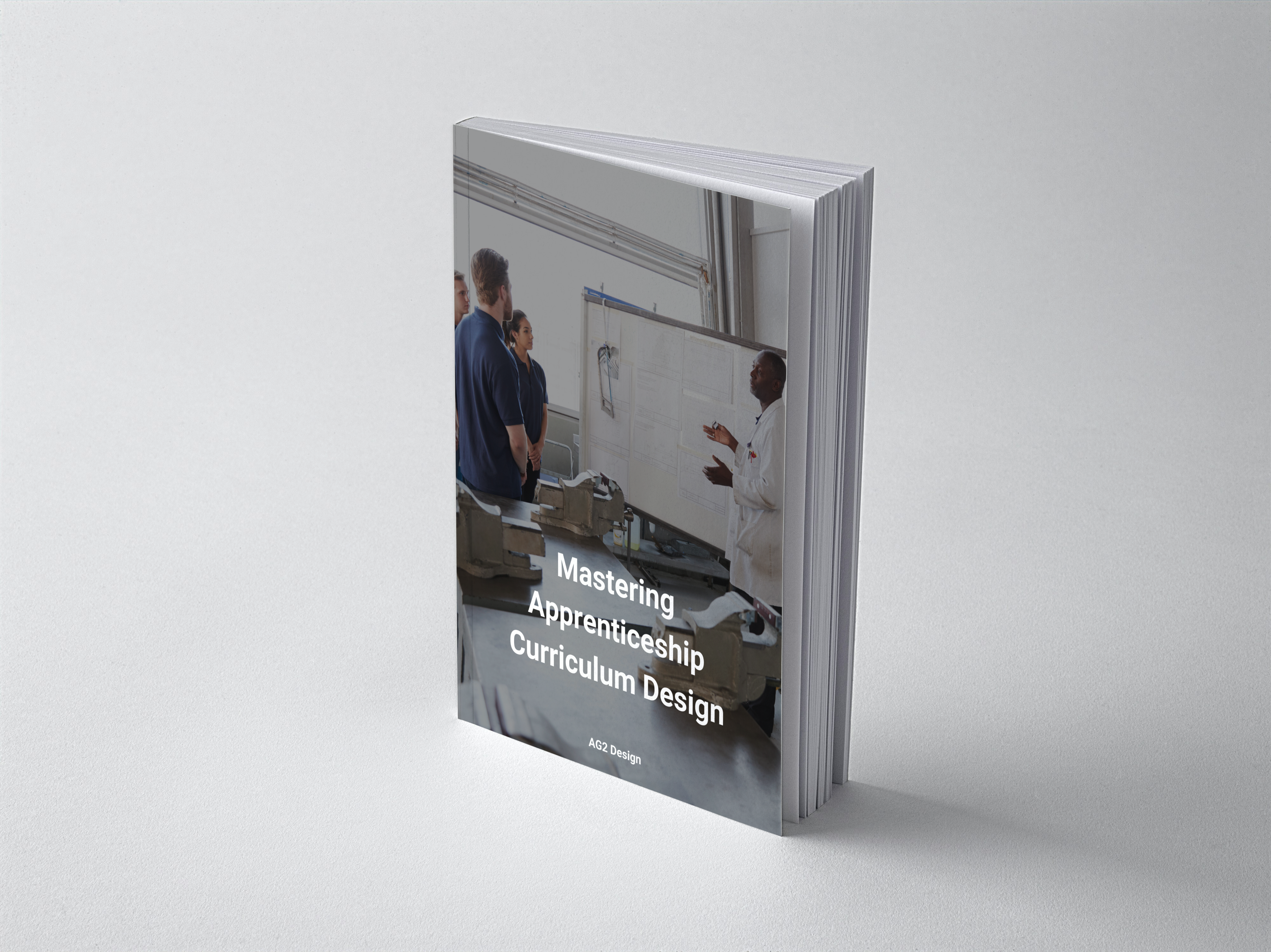In technical and vocational education, apprenticeships are essential for bridging theoretical knowledge and practical skills. The effectiveness of an apprenticeship programme hinges on a well designed curriculum. This article explores the key elements and approaches to mastering apprenticeship curriculum design, drawing from the comprehensive guide “Mastering Apprenticeship Curriculum Design”.
Importance of Effective Curriculum Design
A well-structured curriculum is fundamental to the success of apprenticeship programmes. It provides clear direction for acquiring knowledge, developing skills, and promoting behavioural growth. The curriculum must align the apprentice’s goals with employer expectations while complying with OfSTED’s educational standards.
Understanding Apprenticeship Curriculum
Designing an apprenticeship curriculum involves creating a pathway that integrates the knowledge, skills, and behaviours stipulated by the apprenticeship standard. This process must consider the unique needs of learners and employers, ensuring apprentices are well-prepared for their endpoint assessment and professional roles.
Get This Book
Unlock the full potential of your apprenticeship programmes with “Mastering Apprenticeship Curriculum Design.” This guide equips educators and training providers with the tools and insights to create engaging, comprehensive, and industry-aligned curricula. Whether revitalising existing programmes or embarking on new initiatives, this book offers invaluable strategies to ensure your apprentices are well-prepared, motivated, and ready to excel in their careers. Embrace the future of vocational education and transform your approach to apprenticeship training today!

Types of Apprenticeship Curriculum Design
There are three main types of apprenticeship curriculum designs:
- Standard-Centred Design: This approach ensures the curriculum aligns with the apprenticeship standards. It provides a consistent framework for competence, supporting standardisation and quality assurance. However, it must be flexible enough to address individual learner needs and specific employer requirements.
- Learner-Centred Design: This approach focuses on apprentices’ individual needs, interests, and learning styles and creates a personalised learning experience. It promotes engagement and success but requires significant resources and adaptability.
- Employer-Centred Design: This approach aligns the curriculum with the specific needs of employers, ensuring relevance and practical application in the workplace. It enhances employer relationships but must balance the apprenticeship standard requirements and learner needs.
Designing a Comprehensive Curriculum
A comprehensive apprenticeship curriculum blends these three designs to create a robust framework that meets standards, engages learners, and aligns with employer objectives. Here are key strategies for effective curriculum design:
- Curriculum Mapping: Start with the end goals, use backward design, engage stakeholders, and continuously review and revise the curriculum based on feedback and assessment results.
- Instructional Methods Selection: Employ various teaching methods to cater to different learning styles, emphasise practical application, and encourage reflective learning.
- Time Management: Develop a detailed schedule, balance learning, practical work, and revision, and allow flexibility to adapt to unexpected issues or individual learning needs.
Incorporating Technology
Integrating technology into the apprenticeship curriculum can enhance teaching and learning processes. Virtual Learning Environments (VLEs), e-learning modules, simulation software, and digital assessment tools create dynamic and interactive learning environments.
Future Trends in Apprenticeship Curriculum Design
As industries evolve, so must apprenticeship programmes. Future trends include increased use of technology, emphasis on transferable skills, and iterative curriculum improvement processes. By continuously adapting to these trends, training providers can ensure their curricula remain relevant and effective.
Conclusion
Mastering apprenticeship curriculum design involves blending standard-centred, learner-centred, and employer-centred approaches to create a comprehensive, adaptable, and impactful curriculum. This balanced approach ensures apprentices are well-prepared for their careers, meeting their aspirations and industry needs. By embracing these principles and strategies, training providers can design curricula that meet standards and inspire and empower learners to reach their full potential.






